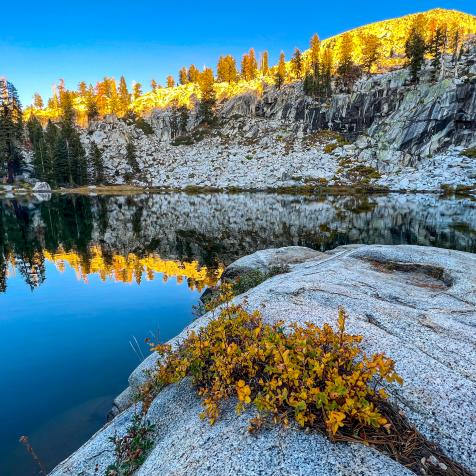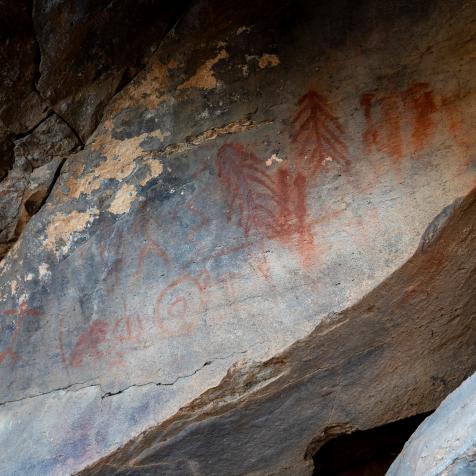
Ian Shive
Bring It On, Mount Whitney

Climbing the world’s highest peaks tests every aspect of your being, and as a nature photographer, it can test your skill.
I’ve always loved mountaineering and the mental and physical challenges that go with it. Climbing the world’s highest peaks tests every aspect of your being, and as a nature photographer, it can test your skill. Imagine being 14,000 feet up, gasping at the thin air of the high-altitude environment while also trying to be creative with your compositions, and technically accurate with a foggy mind? Yeah, bring it on!

That’s the joy that comes with climbing Mt. Whitney, the highest peak in the continental United States, standing tall at 14,505 feet above sea level. This isn’t my first big mountain, nor should it ever be anyone’s first big mountain climb, but rather it should be an achievement acquired after building the skills necessary to climb safely. Like any adventure in nature, there are risks, but adding extreme elevation and the unpredictable weather systems that the mountains themselves create will often test even the most experienced climber.
There are a few ways up the big mountain, but we opted for the traditional route up the Mt. Whitney Portal trail, traveling almost 12 miles to the summit, and climbing over 6,000, feet in elevation. Your thighs burn, your lungs work overtime, your heart rate increases. And to think I did all of this for pleasure! This particular trip wasn’t an assignment from a client, but a personal trip to get to the summit and get a photo from Sequoia National Park — which only the top of the mountains themselves fall inside the park, while the rest is inside Inyo National Forest. National Parks are my thing, after all, having published a few photo books about them over the years, and I couldn’t think of a more unique angle to include in some future book!
I decided to make this trip less about photos and film and all about the climb and my personal journey to make it to the summit. Thinking about it this way, I decided to carry only one camera, a GoPro and my smartphone, to document the journey. Those already added 6.2 pounds to my backpack, which weighed 28 lbs without the camera gear. Climbing with a friend also helps split up the weight, keeping our packs relatively light for a two-night trip (though we actually summited in two days and decided to come all the way back down the same day — go speed racer!) By mile seven, though, that 30+ pound backpack feels like it weighs 60 pounds, and you can’t wait to take it off, feeling almost weightless without it — like walking on the moon!
Mount Whitney: A View from the Top 15 Photos
Join Conservationist and Nature Photographer Ian Shive as he takes on a personal challenge: summiting the tallest mountain in the lower 48-Mount Whitney.
Mountaineering for me is all about the simplicity of the experience. No phones, radio, television. No email or distractions. The roof over your head and the food you need to survive are all right there with you. The glow of the mountain at sunrise, the sound of your own breath and mind as they contemplate the world around you, and the moments to capture the deep blue skies of the high elevation are fantastic, but the sense of achievement at the top…and that ultimate photo from the summit…are hard feelings to replace! Just don’t forget…getting to the top is only half the battle — getting back down can be just as tricky!




















